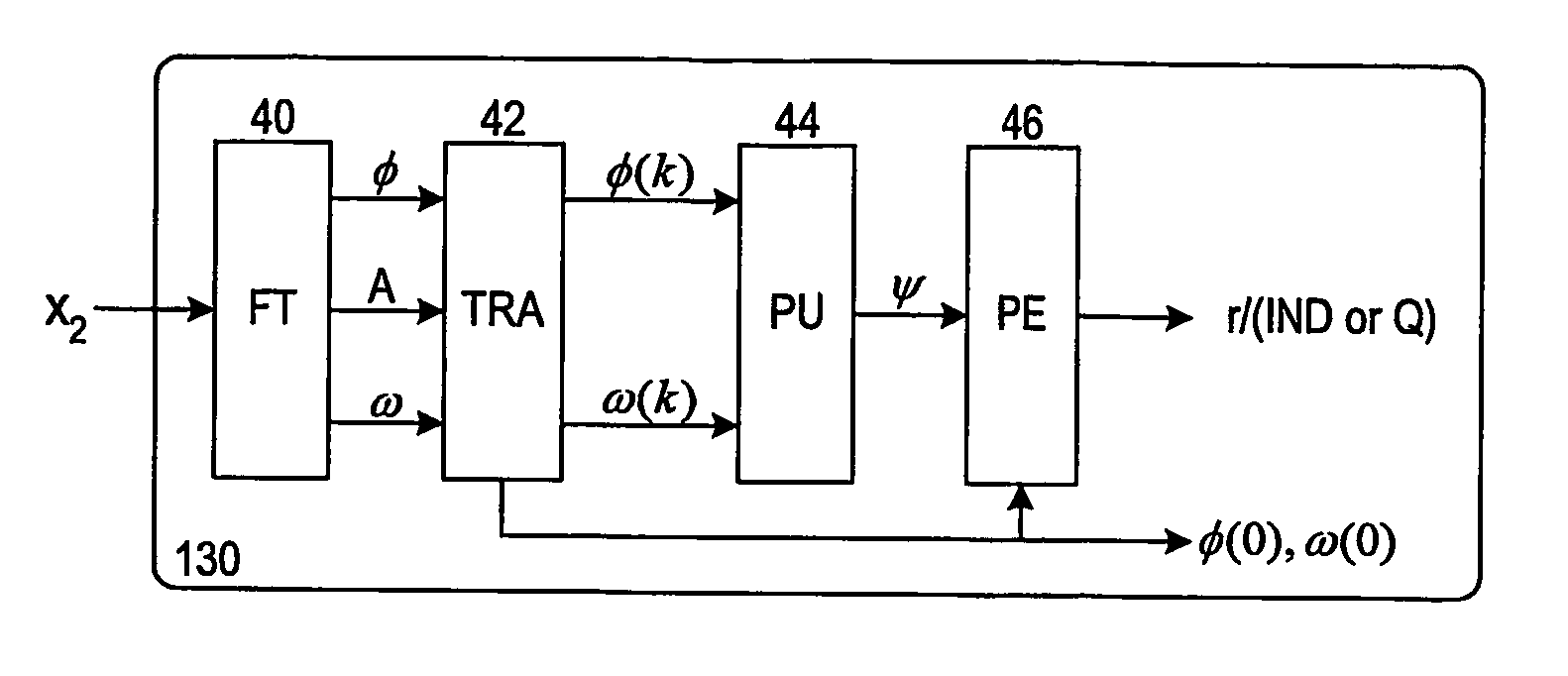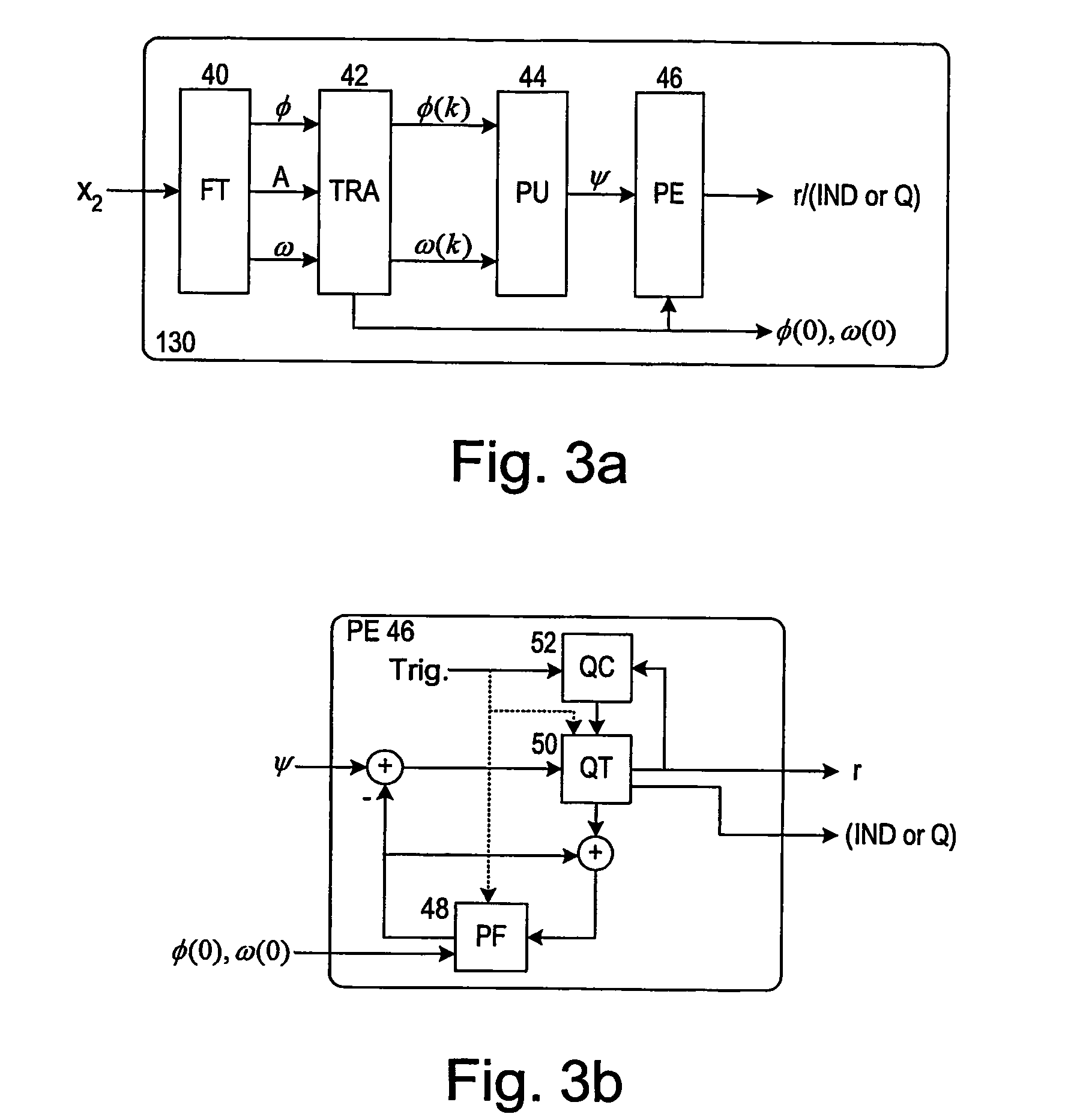Audio encoding
- Summary
- Abstract
- Description
- Claims
- Application Information
AI Technical Summary
Benefits of technology
Problems solved by technology
Method used
Image
Examples
Embodiment Construction
[0033] Preferred embodiments of the invention will now be described with reference to the accompanying drawings wherein like components have been accorded like reference numerals and, unless otherwise stated, perform like functions.
[0034]FIG. 1 shows a prior-art audio encoder 1 in which an embodiment of the invention is implemented. In a preferred embodiment of the present invention, the encoder I is a sinusoidal encoder of the type described in WO 01 / 69593, FIG. 1 and European Patent Application 02080002.5 (PHNL021216), FIG. 1. The operation of this prior-art encoder and its corresponding decoder has been well described and description is only provided here where relevant to the present invention.
[0035] In both the prior art and the preferred embodiment of the present invention, the audio encoder 1 samples an input audio signal at a certain sampling frequency, resulting in a digital representation x(t) of the audio signal. The encoder 1 then separates the sampled input signal int...
PUM
 Login to View More
Login to View More Abstract
Description
Claims
Application Information
 Login to View More
Login to View More - R&D
- Intellectual Property
- Life Sciences
- Materials
- Tech Scout
- Unparalleled Data Quality
- Higher Quality Content
- 60% Fewer Hallucinations
Browse by: Latest US Patents, China's latest patents, Technical Efficacy Thesaurus, Application Domain, Technology Topic, Popular Technical Reports.
© 2025 PatSnap. All rights reserved.Legal|Privacy policy|Modern Slavery Act Transparency Statement|Sitemap|About US| Contact US: help@patsnap.com



